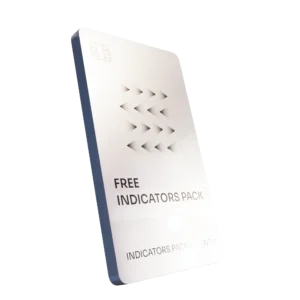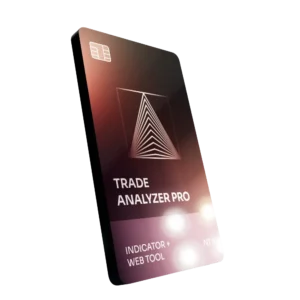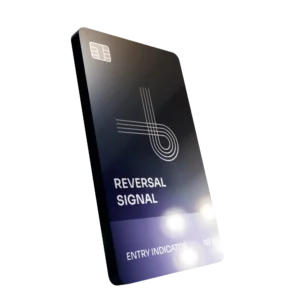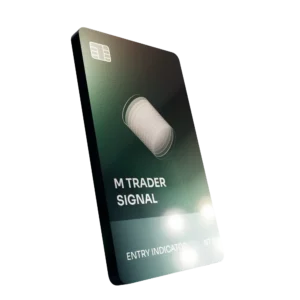J Strategy Bi-Weekly Trading Performance Report (September 22 – October 3, 2025)
Period covered: September 22 – October 3, 2025 | Report type: Bi-Weekly Summary
This bi-weekly report reviews how the J Strategy automated trading system performed across major futures markets during the two-week window. The goal is to give traders a clear, data-driven snapshot of total results, market-level contribution, and day-by-day results—so you can quickly gauge how the strategy behaved under real market conditions.
Headline Results
- Total PnL (two weeks): $7,017.50
- Average per day (10 sessions): $701.75
- Positive vs. negative days: 6 positive / 4 negative
- Best day: September 22, 2025 (+$4,440.00)
- Most challenging day: October 3, 2025 (–$2,015.00)
Across the period, J Strategy finished firmly positive, with gains concentrated in the Nasdaq complex and supportive contributions from precious metals. Equity index pullbacks and a late-period reversal created a few drawdowns, but the aggregate remained decisively green thanks to disciplined execution and diversified market exposure.
Market Contribution (By Instrument)
The Nasdaq 100 group (NQ + MNQ) was the engine of performance, combining for +$6,810.00. Precious metals (GC and MGC) added a healthy +$2,630.00, offering diversification and smoothing equity-led swings. Oil and S&P contracts detracted modestly, but their losses were contained, underscoring the strategy’s risk controls and position-sizing discipline.
Daily Results Summary
J Strategy posted six winning sessions out of ten. The period opened strongly on September 22 (+$4,440.00), followed by solid gains on September 24 (+$3,517.50) and October 2 (+$3,120.00). Smaller green days helped maintain the net uptrend even as the system absorbed a few normal losses—most notably on October 3 (–$2,015.00). The average daily result across the window was $701.75, consistent with the strategy’s focus on steady compounding rather than outsized, high-variance bets.
How the Strategy Behaved
Inside NinjaTrader 8, J Strategy executed its ruleset across multiple instruments and contract sizes (E-mini and Micro), automatically adapting to each market’s volatility and structure. Trend-recognition logic was the primary driver for the Nasdaq complex, while the metals sleeve capitalized on mean-reversion and momentum continuation. Risk was managed using fixed and adaptive exits, with trailing elements that helped lock in gains during favorable moves and cap losses during adverse rotations.
The portfolio effect was clear: when S&P contracts underperformed, Nasdaq and Gold helped carry the aggregate higher. That cross-market balance is a key design choice—supporting robustness across different phases such as trend expansions, mid-range consolidations, and late-day reversals.
Inline Report & Visuals
Performance Summary ()
Market Contribution ()
Sum by Market ()
Result per Day ()
Result per Day / per Market ()
Key Takeaways
- Totals: Net $7,017.50 over ten sessions; average $701.75/day.
- Best day accuracy: September 22 was the top session at +$4,440.00.
- Leaders: MNQ and NQ drove most of the profit; GC/MGC added stability.
- Drawdowns contained: Losses in MES/ES/CL/MCL were moderate and offset by leaders.
- Execution: Consistent signal processing, adaptive exits, and diversified exposure across indices, metals, and energy.
Learn More About J Strategy
Want to see configuration details, feature list, and licensing options? Visit the product page: J Strategy — NinjaTrader Automated Trader.
All performance reports shown on this website are generated directly from the built-in trade reporting feature of our strategies - "Trade Log". The results reflect actual trades executed in the live market during the stated reporting period. No backtesting, no simulated environments, and no playback data were used in preparing these reports. For the sake of clarity and transparency, the raw trade log data has been transformed into chart format and presented here for better visual appearance on the website, making it easier for traders to review and interpret performance across different markets and dates. These reports are published strictly for informational and educational purposes and should not be considered financial advice or a guarantee of future performance.
Explore Our Add-Ons & Tools
Enhance your NinjaTrader® 8 workflow with MASCapital’s collection of powerful add-ons and free tools. From performance utilities to precision indicators, every tool is built to simplify your trading experience and improve execution speed.
Lifetime Free

Free Indicators Pack
Download a complete starter set of NinjaTrader indicators to boost your technical edge with structure, momentum, and trend clarity — free forever.

Lifetime Free
Auto-Login & Cleaner
Save time and boost stability by automatically logging into NinjaTrader and clearing old files, logs, and cache with a single click.

14-Day Free Trial
Advanced Trader
Visualize active positions, stops, and targets directly on your chart while managing orders. Control every aspect of your trade!

7-Day Free Trial
Trade Analyzer + Web Report
Instantly analyze and visualize your NinjaTrader performance with detailed stats, charts, and reports that reveal your real trading edge.

14-Day Free Trial
Reversal Signal Indicator
Identify major turning points early using precision reversal logic that filters noise and highlights high-probability setups.

14-Day Free Trial
M Trader Signal Indicator
Momentum trade entry signal indicator designed to capture explosive market moves with precision timing and adaptive filters.

14-Day Free Trial
Trade Copier
Mirror trades instantly across multiple NinjaTrader accounts with perfect synchronization of entries, stops, and targets — zero delays, zero mismatches.

14-Day Free Trial
Risk Reward ADV
Draw and manage risk-to-reward zones directly on your chart with free-hand precision, adjustable targets, and instant visual feedback for smarter trade planning.

14-Day Free Trial
Bar Based Risk Reward
Bar-based risk-to-reward tool that auto-plots targets and stops from candle size, giving instant visual ratios for every setup.

M Trader
Momentum-based auto-trader that executes powerful continuation setups with dynamic risk control, trailing targets, and daily account protection.

Reversal Strategy
Precision reversal-entry auto-trader that identifies exhaustion zones and manages risk automatically for confident counter-trend trading.

J Strategy
With a limit of 1 quality trade per market each day, strategy targets only the strongest signals to catch big market shifts.

VPS for Trading
High-performance VPS built for traders and auto-traders, offering ultra-low latency, 24/7 uptime, and full NinjaTrader support from us — from setup to strategy optimization.